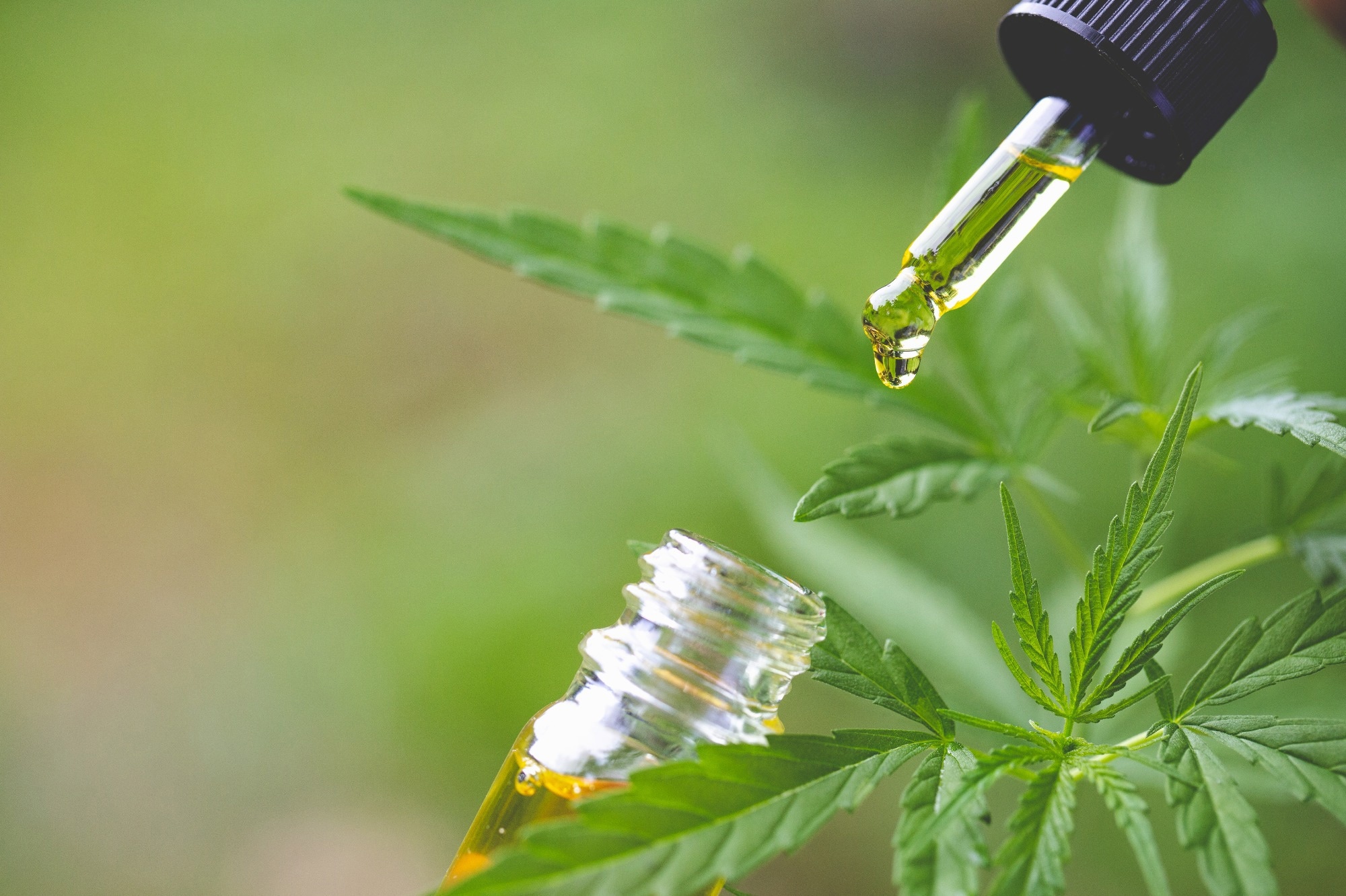Exploring biodistribution of cannabidiol nanoparticles and nanoemulsion after intrathecal administration

In a recent study published in Nanomedicine: Nanotechnology, Biology and Medicine, researchers evaluated the biodistribution of cannabidiol (CBD) emulsion and nanoparticles in the central nervous system (CNS).

Background
Drug delivery represents a significant challenge to effectively treating CNS disorders. Systemic administration through parenteral routes often results in low drug concentrations in the CNS. Intrathecal (IT) administration can achieve high drug concentrations in the cerebrospinal fluid. However, there are difficulties with IT drug delivery, such as inadequate drug distribution, limited drug solubility, and poor pharmacokinetic profiles, especially for lipophilic drugs, like CBD, that possess analgesic properties to treat neuropathic pain.
About the study
In the present study, researchers investigated how two nanocarrier formulations influence the biodistribution and nociceptive effects of CBD within the CNS after IT administration. CBD stock solutions were prepared in ethanol-propylene glycol and diluted in Intralipid nanoemulsion. Polymer-coated nanoparticles (PCNPs) of CBD were generated by a double nanoprecipitation method.
The size and polydispersity index (PDI) of PCNPs were determined by dynamic light scattering. The zeta potential (ZP) was estimated by determining the electrophoretic mobility. CBD concentrations in nanoemulsion/PCNP formulations were estimated. Sprague-Dawley adult male rats were maintained at ambient temperature on a 12-hour light/day cycle with free access to water and food.
Electromyography (EMG) recordings were performed using a bipolar EMG electrode inserted into the femoris muscle of the right bicep. Subsequently, 15 μL of CBD PCNPs or nanoemulsion was injected into the intrathecal space. Animals were sacrificed by pentobarbital overdose. Serum and tissues were used for biodistribution analysis.
Findings
CBD addition to nanoemulsion caused no significant changes in particle size or PDI. The size of the nanoemulsion was 286 nm, and the PDI was 0.135, indicating a homogenous formulation. It remained stable for 70 days. The ZP of the CBD nanoemulsion did not significantly differ from that of the control nanoemulsion.
CBD PCNPs were stable for 31 days. The particle size or PDI of CBD PCNPs was not significantly different; however, the ZP of CBD PCNPs was greater than that of uncoated CBD nanocrystals. CBD concentration in the nanoemulsion was 1.3 mg/ml following free drug separation by ultracentrifugation.
The efficiency of CBD encapsulation in PCNPs was 46.04%, while the drug loading efficiency was estimated at 28.52%. The formulation was evaporated to achieve a 1 mg/ml concentration. The authors assessed the effect of CBD formulation(s) on withdrawal response following mechanical stimuli using EMG.
The area under the curve of the EMG response after IT injection of CBD formulation(s) revealed a significant inhibition within 10 minutes of injection. The anti-nociceptive effect of CBD formulations was evident, implying the success of IT administration and that CBD exerts an immediate therapeutic response in the CNS following IT injection.
CBD was absent in the spleen, deep cervical lymph nodes, liver, or serum after IT injection of PCNPs/nanoemulsion. The highest mass of CBD was 3651 ng in the spinal cord two hours after nanoemulsion administration. CBD proportion was significantly lower 10 minutes after administering the nanoemulsion than PCNPs.
The highest mass of CBD after administering PCNPs was detected within 10 minutes, which declined significantly at 30 minutes, reaching the lowest levels by four hours. The drug was immediately detected in the brain after administering either formulation, with concentrations ranging between 8 and 210 ng/ml, and was detectable up to four hours after IT administration.
That CBD was not detected beyond the CNS implied that IT administration results in localized drug delivery with the highest drug concentrations in the spinal cord. However, a fraction of CBD reached the brain within 10 minutes, achieving the highest concentration at 120 minutes with the nanoemulsion administration.
Conclusions
In sum, the researchers examined CBD biodistribution in the CNS after administering nanoemulsion or PCNPs. Both formulations exerted immediate anti-nociceptive effects following IT injection. The team that CBD was preferentially retained in the spinal cord; the drug reached the brain within 10 minutes, regardless of the type of formulation.
The CBD nanoemulsion achieved a maximum concentration of 210 ng/g within 120 minutes in the brain compared to 94 ng/g at 30 minutes with PCNPs. This meant the PCNPs could be helpful if rapid delivery to the brain is necessary. However, the nanoemulsion achieved a higher CBD retention in the brain than PCNPs. Together, the findings provide a rationale for nanocarrier design to aid drug delivery to the CNS through IT administration.
- Muresan P, Woodhams S, Smith F, et al. (2023). Evaluation of cannabidiol nanoparticles and nanoemulsion biodistribution in the central nervous system after intrathecal administration for the treatment of pain. Nanomedicine: Nanotechnology, Biology and Medicine. doi: 10.1016/j.nano.2023.102664



